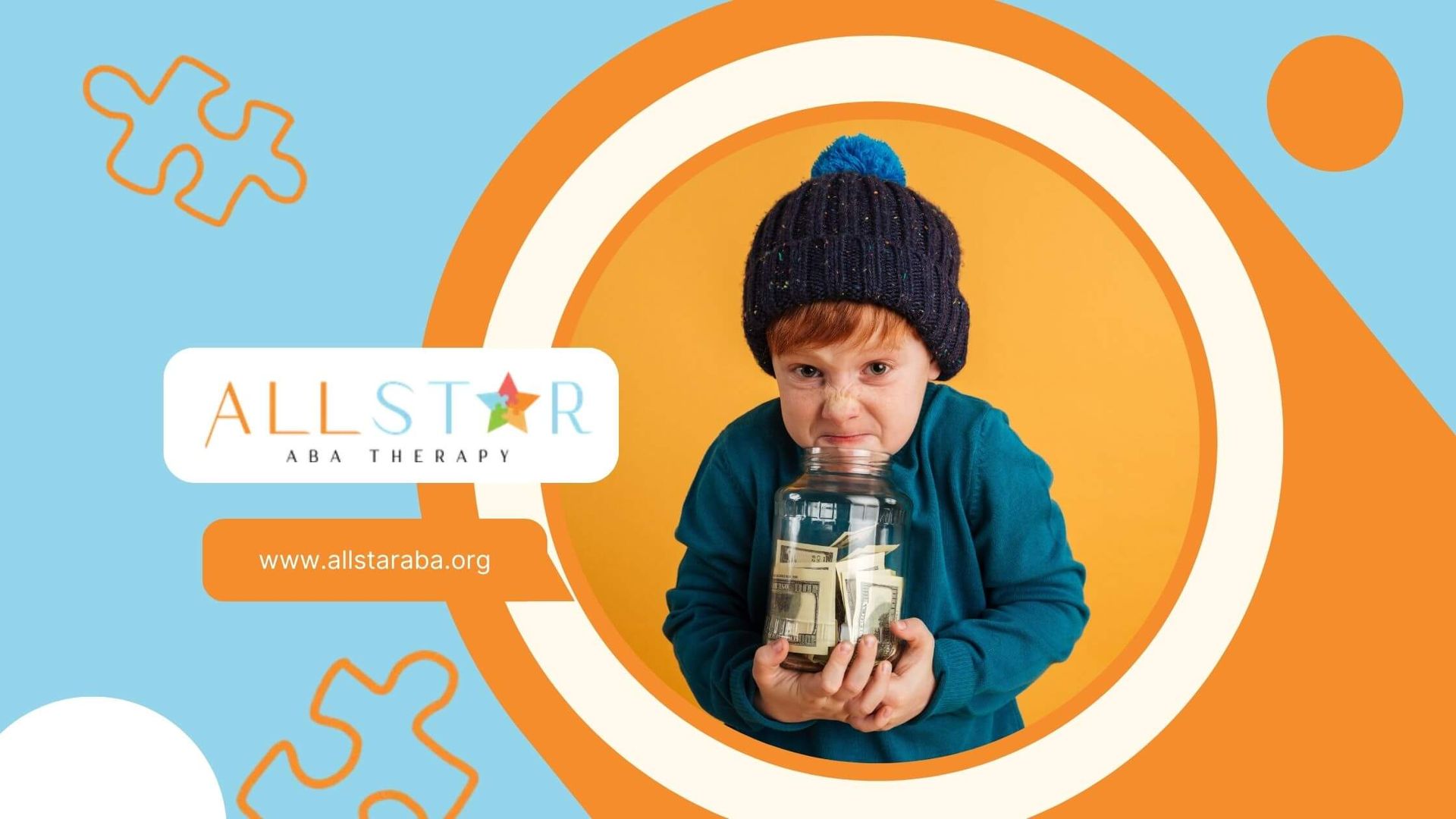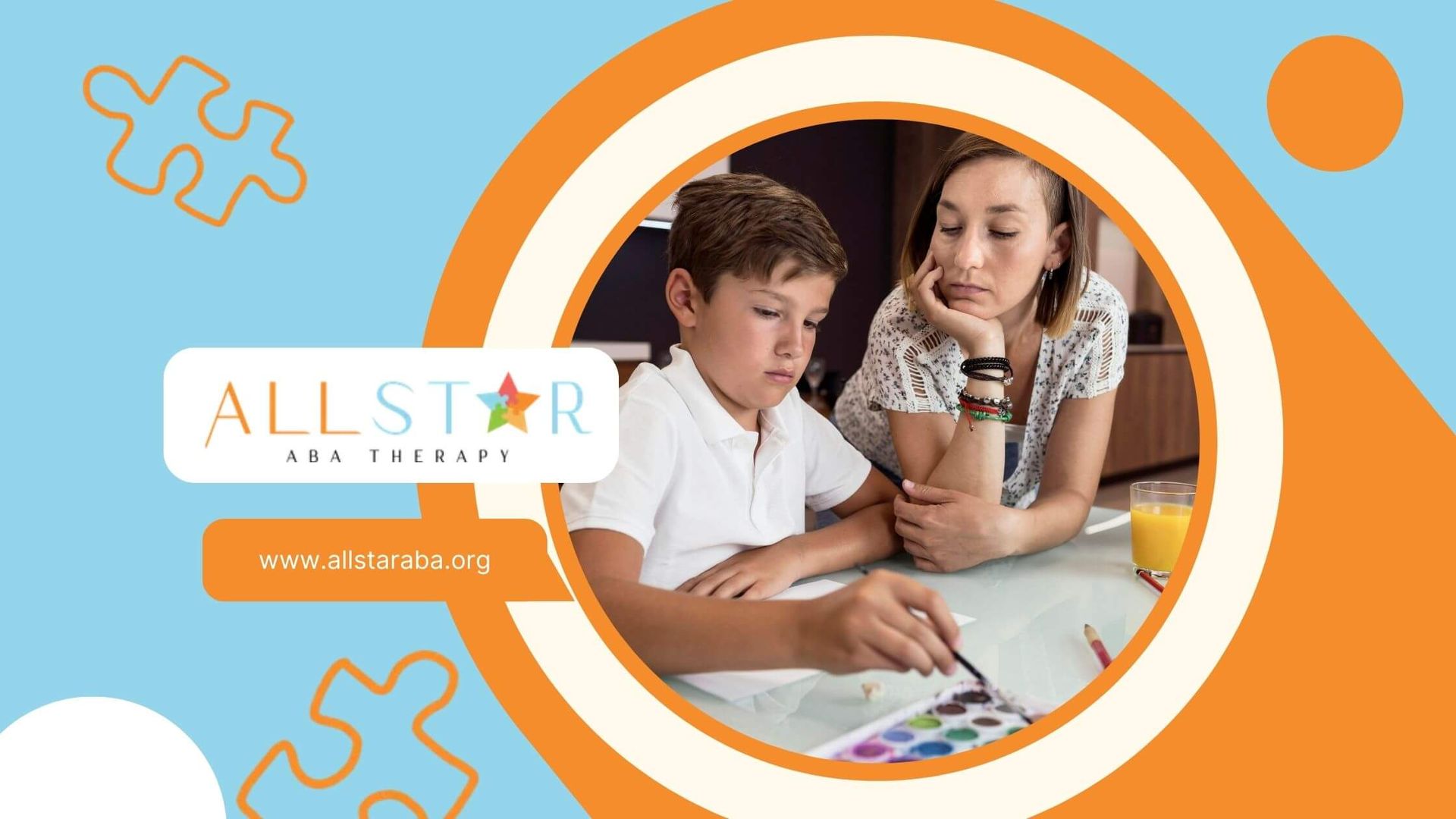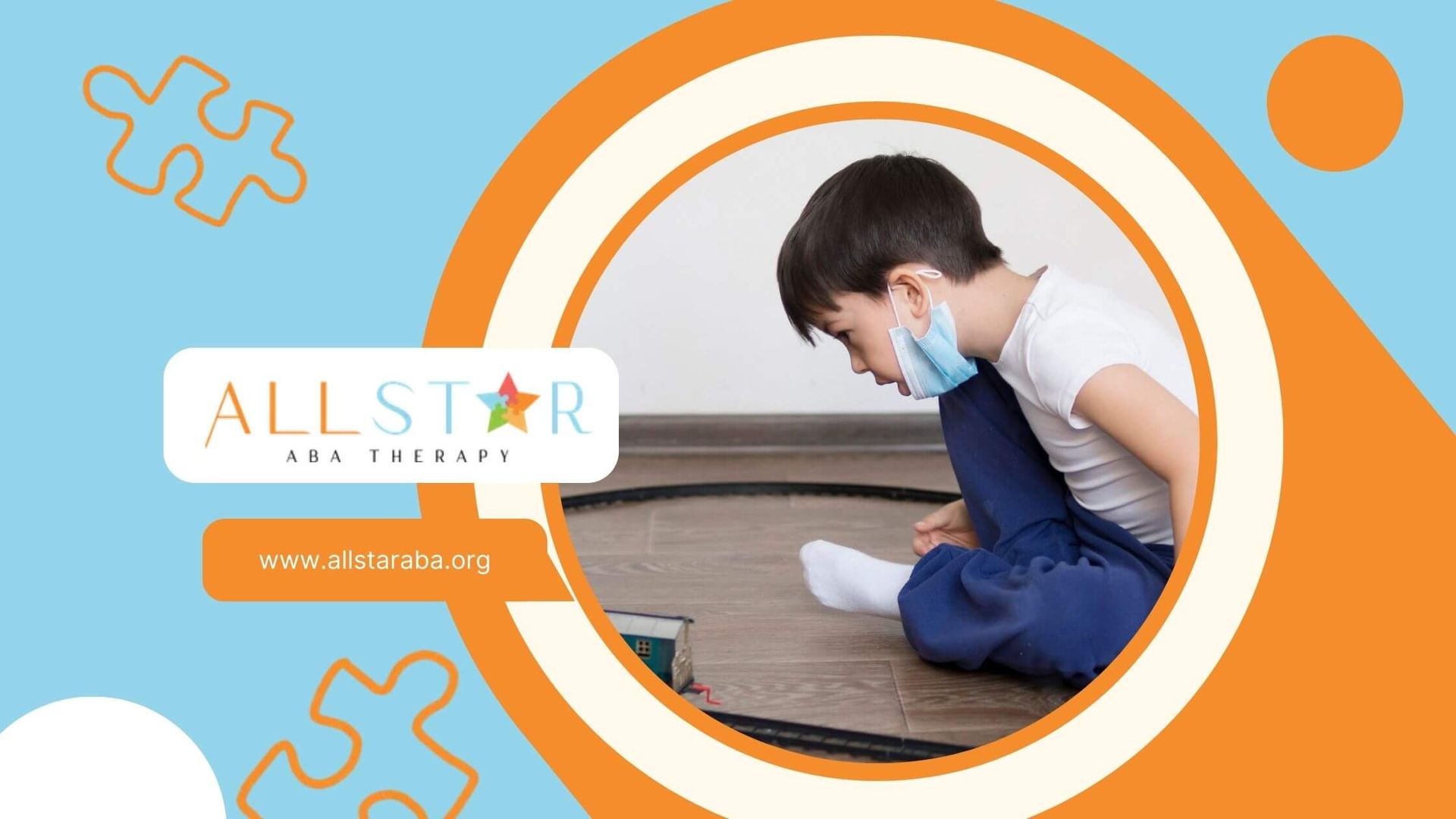New Paragraph
How Do You Discipline an Autistic Child Who Doesn't Listen? Simple, Effective Steps
Disciplining an autistic child who doesn’t listen requires patience, clarity, and strategies tailored to their unique needs. These children often struggle with processing verbal instructions and social cues, so discipline must be direct and supportive.
Clear Communication and Consistency Are Key
Use simple, short sentences and visual aids to make instructions clear. Autistic children respond well to consistent routines and knowing what to expect. Repeatedly reinforce desired behaviors with praise or small rewards—positive reinforcement is proven effective for autistic kids, increasing good behaviors by 30-50% in many studies.
Use ABA-Based Strategies
Applied Behavior Analysis (ABA) promotes discipline that rewards good behavior and applies reasonable consequences consistently. Time-outs or loss of privileges work best when adapted to the child's preferences. For example, some kids may find time-outs calming, others rewarding—so customizing discipline strategies is crucial.
Create a Calm Environment
Reduce sensory triggers and offer a designated calm space for de-escalation. Teaching self-regulation skills also helps children manage feelings that lead to not listening.
Struggling with discipline? Contact All Star ABA for expert support and personalized ABA therapy in Maryland to help your child thrive.
FAQ
Why doesn’t my autistic child listen sometimes?
They may struggle with processing verbal instructions, sensory overload, or lack clear routine.
What discipline works best for autistic kids who don’t listen?
Clear, simple instructions combined with positive reinforcement and consistent consequences.
Can ABA therapy help with listening challenges?
Yes, ABA uses tailored strategies to improve behavior and communication skills effectively.
Need Support?
We're Here to Help!
Our experienced team is ready to assist you. Reach out today to discuss how we can support your child's development and well-being.
Get started with expert ABA therapy today.








